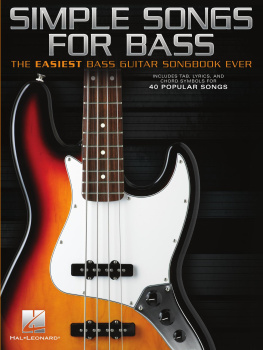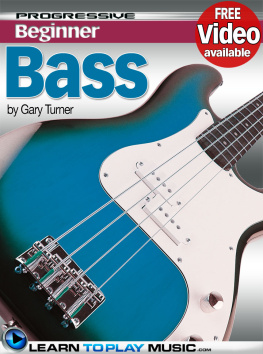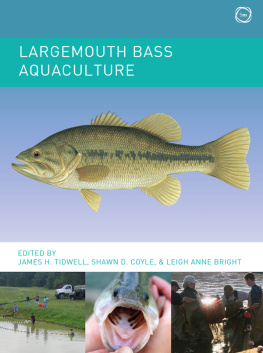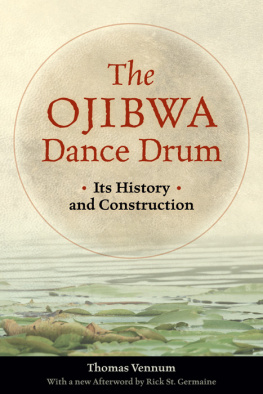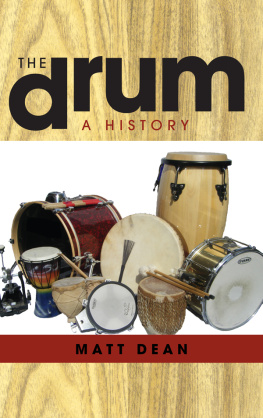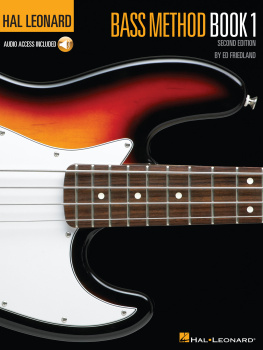

Boys, Bass and Bother

Jo Hall
Boys, Bass and Bother
Popular Dance and Identity in UK Drum n Bass
Club Culture
Jo Hall
Independent Scholar
West Horsley, UK
ISBN
978-1-137-37510-0 ISBN
978-1-137-37511-7 (eBook)
https://doi.org/10.1057/978-1-137-37511-7
Library of Congress Control Number: 2018932748
The Editor(s) (if applicable) and The Author(s) 2018
The author(s) has/have asserted their right(s) to be identified as the author(s) of this work in accordance with the Copyright, Designs and Patents Act 1988.
This work is subject to copyright. All rights are solely and exclusively licensed by the Publisher, whether the whole or part of the material is concerned, specifically the rights of translation, reprinting, reuse of illustrations, recitation, broadcasting, reproduction on microfilms or in any other physical way, and transmission or information storage and retrieval, electronic adaptation, computer software, or by similar or dissimilar methodology now known or hereafter developed.
The use of general descriptive names, registered names, trademarks, service marks, etc. in this publication does not imply, even in the absence of a specific statement, that such names are exempt from the relevant protective laws and regulations and therefore free for general use.
The publisher, the authors and the editors are safe to assume that the advice and information in this book are believed to be true and accurate at the date of publication. Neither the publisher nor the authors or the editors give a warranty, express or implied, with respect to the material contained herein or for any errors or omissions that may have been made. The publisher remains neutral with regard to jurisdictional claims in published maps and institutional affiliations.
Cover illustration: Clive Chilvers / Alamy Stock Photo
Printed on acid-free paper
This Palgrave Macmillan imprint is published by Springer Nature
The registered company is Macmillan Publishers Ltd.
The registered company address is: The Campus, 4 Crinan Street, London, N1 9XW, United Kingdom
For my rock, my tree and my flower.
ACKNOWLEDGEMENTS
Drum n bass has been part of my life for over 12 years and I am still blown away by its affective power. My most grateful thanks are offered to the drum n bass fans who, over the years, have spent time talking to me about their clubbing and dancing experiences.
This book could not have been written without the support and encour
agement of Sherril Dodds, who over the last twenty years has been a great friend, tutor, supervisor, co-dancer and colleague. Your comments at each part of this process have been gratefully received. I also extend thanks to Janet Lansdale for introducing me to John Frows writing on genre and
intertextuality, which have been so influential to the development of this research.
Thank you to the editorial team at Palgrave Macmillan for your patience
and time and to Palgraves reviewers for their pertinent suggestions and supportive comments. Thank you to Al Baker for his enthusiasm and gen-erosity in relation to the use of his fantastic images.
Thank you to my colleagues and conference-sharing friends, particu
larly those who are part of the research group PoP (Performances of the
Popular) Moves: Clare Parfitt, Ann David, Laura Robinson, Melissa
Blanco Borelli, Celena Monteiro, Sherril Dodds, Mary Fogarty, Julie
Malnig, Danielle Robinson and Elena Benthaus for their inspiration and
support. Presenting this work, intellectualising and celebrating with you has rocked.
Thank you to Will Brooker, for his kind offer to read my initial book
proposal and some of the material in its early stages of revision. Your attention to detail and thoughtful comments helped me to refine my ideas and
vii
viii
ACKNOWLEDGEMENTS
understand the unique offer of this book. And to Simon Brown, a sup
portive and wise colleague in difficult times.
My thanks are also extended to the Arts and Humanities Research
Council for the doctoral award (20062009) that helped me to complete
the PhD research at the University of Surrey (20042009) from which
this book developed.
And lastly, I thank my family and friends. A special mention for Joanna, Elaine and Hazel, for their sterling words of encouragement and for their interest in another popular dance style, the Irish jig. To Rowan and Daisy, for bringing sunshine to our lives. And to Dom, for being a very special part of this journey.
CONTENTS
ix
LIST OF FIGURES
Fig. 5.1
Spellbound, MCR Academy, Manchester, 01/12/2001.
Photograph Al Baker. Used with permission
Fig. 5.2
Soul:ution, Band on the Wall, Manchester, 29/04/2011.
Photograph Al Baker. Used with permission
Fig. 6.1
Soul:ution, Band on the Wall, Manchester, 14/11/2003.
Photograph Al Baker. Used with permission
Fig. 6.2
Soul:ution, Band on the Wall, Manchester, 14/11/2003.
Photograph Al Baker. Used with permission
Fig. 6.3
Soundscape, Manchester, 05/10/2007. Photograph Al
Baker. Used with permission
xi

CHAPTER 1
Mapping the Multifarious
Club Supreme, Vauxhall, London, UK
5 November 2004, 10.30 p.m.
Standing underneath the low red-brick railway arches, I look over the
balcony to the crowded dance floor below. Its dark, but the red and blue revolving lights allow me to make out a collection of densely packed, moving bodies. They are just about visible through the clouds of smoke and
dry ice that hang in the hot, sweaty space between the balcony and the
dancers below. The walls, ceiling and floor of the room reverberate with a sound that is electronic and futuristic, yet grounded and primitive. Insistent, polyrhythmic drum patterns clatter alongside a low, blaring synthesised
horn. The music feels infectious as it rushes up and into my body, and I cant resist the urge to move. With shoulders moving smoothly forwards
and back, loose waves run through my arms and spine. But as the music
builds in intensity, the rhythm fills my body with a forceful, contained energy that escapes with jerks and shudders. A deep, cavernous bassline
comes in, wobbling like the propellers of a helicopter rotating faster and faster. It makes me smile with amusement, and some of the dancers below
jump up and down, shout out and flick their hand toward the DJ in appre
ciation of the track selection. I can feel the anticipation and intense excitement for the night ahead, rising like steam from the dance floor.
The MC stands on a small raised platform to the side of the club space
with his shoulders tightly raised, body upright and one hand gluing the
microphone close to his mouth. His other arm gestures into the space,
The Author(s) 2018
J. Hall, Boys, Bass and Bother,
J. HALL
waving up and down in time with a bounce of the knees. Next to him the
DJ, enclosed by the large stacks of speakers and twin set turntables, also moves up and down but with his eyes fixed on the decks. The MC shouts
Next page

